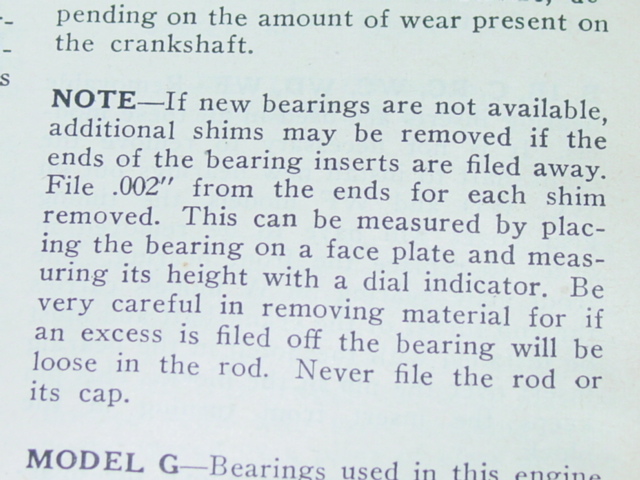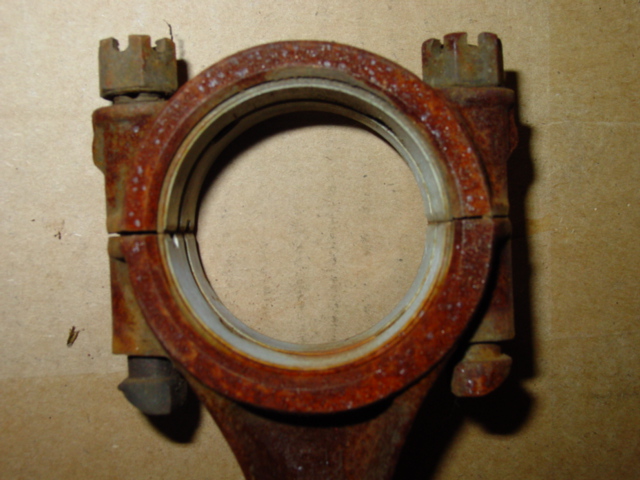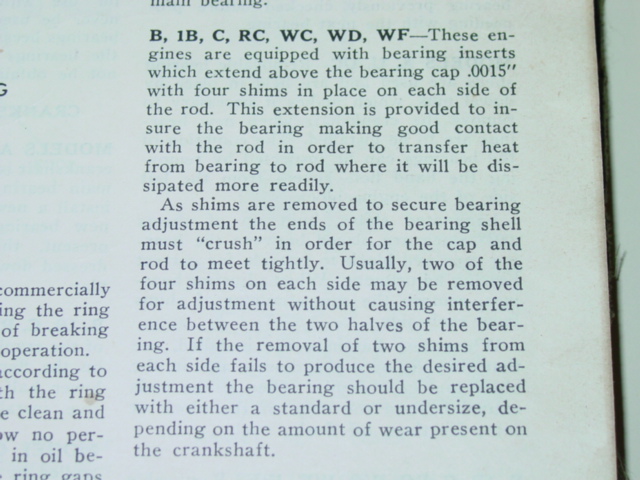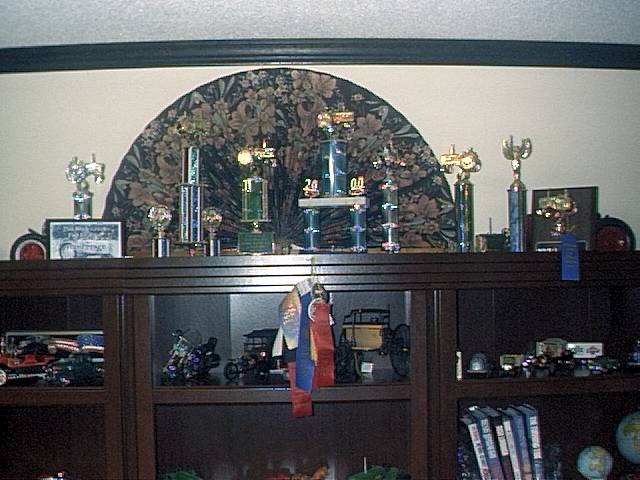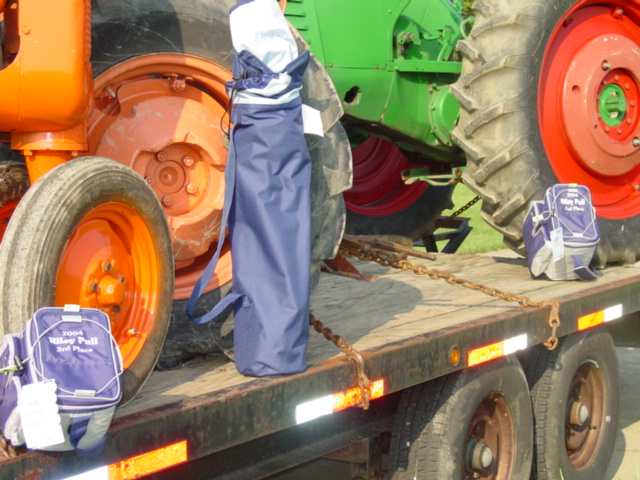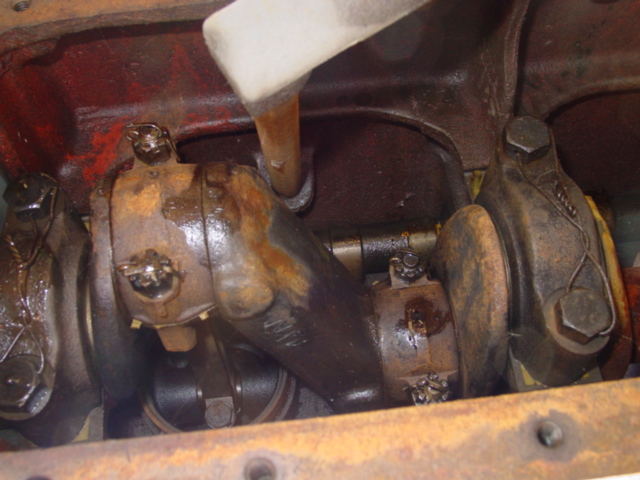redoing lower end on motor,replaced pistons/sleaves, main bearings and conecting rod bearings,problem is by the time i had parts shimed for proper running
clearance which i read was suppose to be .002
and torqued to spects i wasnt able to turn over
motor by hand like manual says i shoud be able to
question is can i open up the running clearance on both,what should i torque things to, if i need
to have the crank reground is their a place in the Mn twin-citys metro wher i can get the crank
ground
clearance which i read was suppose to be .002
and torqued to spects i wasnt able to turn over
motor by hand like manual says i shoud be able to
question is can i open up the running clearance on both,what should i torque things to, if i need
to have the crank reground is their a place in the Mn twin-citys metro wher i can get the crank
ground


